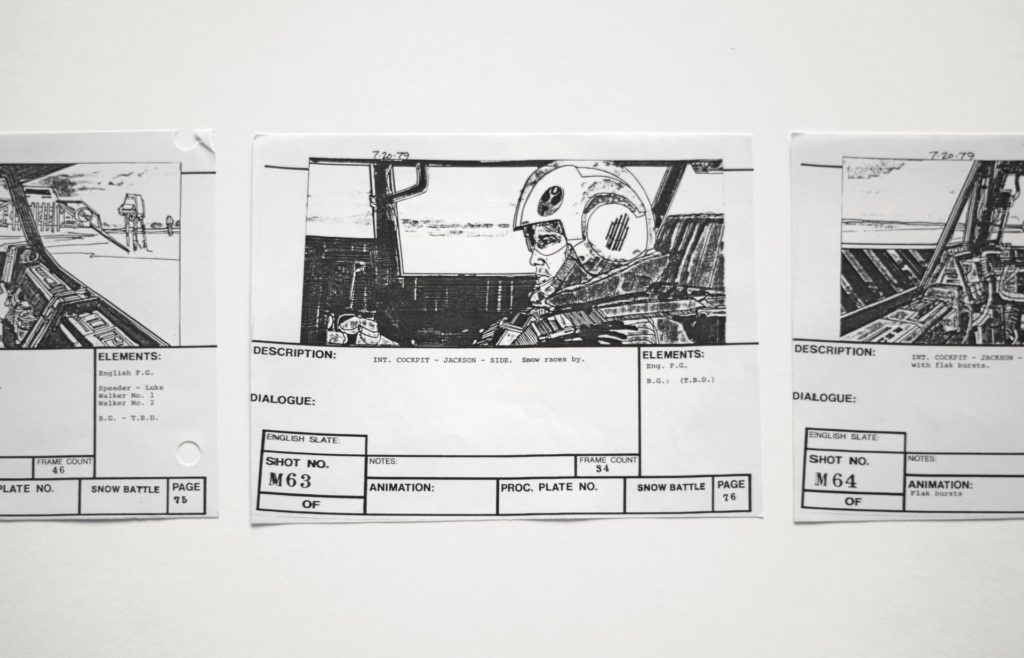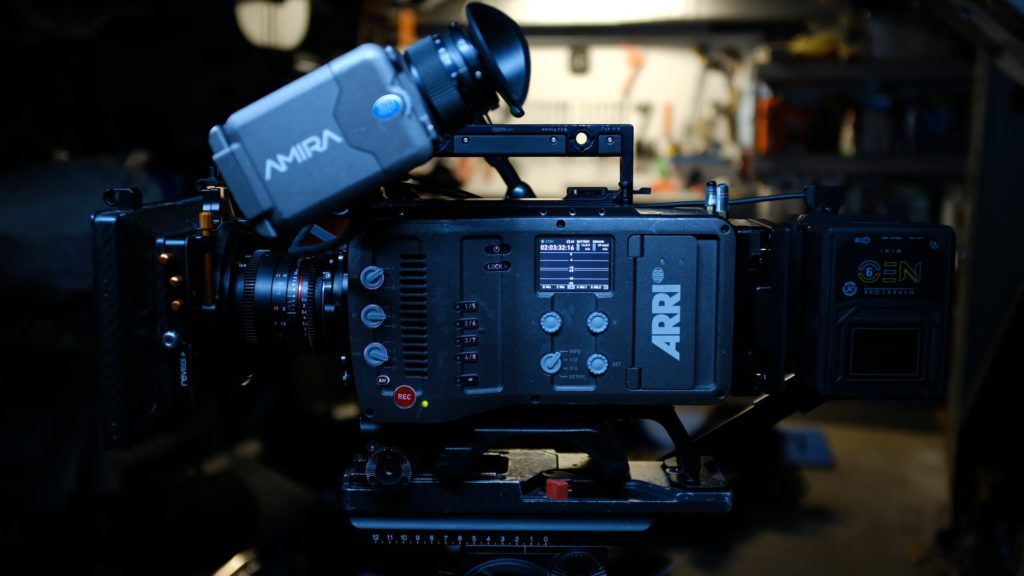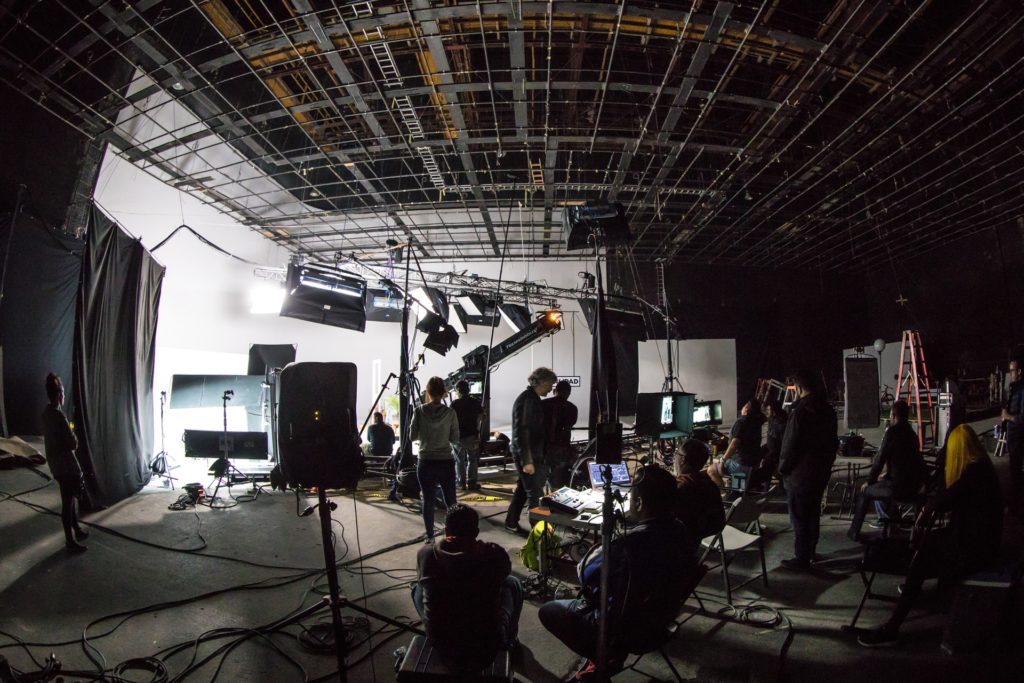How to Develop Your Short Film on a Budget
Making a short film has never been easier or more achievable. The technology, resources, and information available in the 21st century mean making a short film on a budget is completely within your grasp.
Producing a film within the bounds of a tight budget may seem daunting at first, but will ultimately help you to get creative, discover solutions, and unlock your potential. With sound prior planning, organization, and some cost-saving tips, you can realize your aspirations without breaking the bank.
Top Money-Saving Tips
- Storyboard, schedule, and plan ahead of time
- Find ways to fundraise
- Choose the gear for your needs
- Pare down locations
- Be upfront with cast and crew about expectations and accommodations
- Set reasonable goals and follow through!
Consider All of the Moving Parts
Before running off to start shooting, you need to make a rough budget of all associated costs. This starts with creating a production schedule, listing all of your hard costs, planning your edit, and considering all aspects of production before you even pick up a camera.
Storyboarding & Shot Listing

The three keywords to focus on are scope, script, and timeline. Organizing these elements beforehand will give you a big-picture budget to work with and decrease the chances of the production spiraling out of control.
Unless you’re married to a particular script or concept, it’s a good idea to prioritize scripts with fewer locations and a small crew. Keep in mind that you’ll need to plan to spend at least one day shooting for every three to five pages of a script.
It’s smart to plan this all ahead of time, rather than “winging it” to avoid unforeseen costs and scheduling delays that always end up inflating the final budget. Use inexpensive film production software like StudioBinder to manage every aspect of your film from start to finish, saving you time and money.
Fundraising & Budgeting
If you’re just starting out and on a tight budget, it’s smart to take a look at what funds are available for new, minority, or genre-based filmmakers.
If you want an alternative to screenwriting contests, grants, and crowdfunding, learn more about The Film Fund’s funding opportunities.
Apply for Film Grants
Whether or not you’ve already solidified your film concept, it’s smart to see what funding options are available to bolster your budget. Start by browsing the lists of film grants for inspiration as well as looking at regional grants (based on your location), festival grants, and genre-based grants like short films, documentaries, and gender-specific grants.
Try Crowdfunding
Sites like Kickstarter and Indigogo have revolutionized the art of fundraising. Now, with the advent of niche crowdfunding sites like Seed&Spark, a fundraising platform full of users who live and breathe film, you can better direct your fundraising efforts to an audience that is already on board.
Use Cash, Not Credit
In addition to taking advantage of the free money, make sure you only use cash on hand to fund your film. It’s a slippery slope to start using credit cards or loans to fund projects and a great way to get into perpetual debt. Using cash reserves or fundraised capital is a much more sustainable way to make a short film and will allow you to keep making more in the future.
Gear & Equipment

Filmmakers today are spoiled for choice when it comes to film gear. With thousands of cameras, accessories, and lighting equipment to choose from, there’s really no end to the amount of money you could spend gearing up.
To make a short film on a budget, however, certain shortcuts and compromises have to be made. The good news is, there are ways to save money in this department without sacrificing the overall quality of your project
In some cases, it makes more sense to rent gear whereas in others, buying an inexpensive camera will suit just fine. This is where organizing your production goals and schedule ahead of time will really come in handy. You’ll be able to determine whether buying or renting is right for you and budget accordingly.
Location, Location, Location

When making a film on a tight budget, don’t try to film in a ton of locations. Keep it simple and choose a select few sites that will have the biggest impact on your concept. Trying to jam too many locations into a short film project drives up your budget, necessitating transport costs.
Utilizing public locations, free outdoor spaces, and high-quality stock footage are other ways to save a bundle on your film budget. When edited well, stock footage can work beautifully for scene transitions and cutaways, lending a clean, professional look to any short film.
Be Cool to Your Cast and Crew
The top two most important aspects of film production are scheduling and casting. A good schedule will allow you to complete the project on time and within your budget, while a good cast will make the movie. Audiences can forgive a lot when it comes to indie films but bad acting shatters the world you’re trying to create.
Assemble an A-team crew — capable and trustworthy people will make the whole process run smoothly. Additionally, make use of actor’s closets and thrift stores for supplying the cast wardrobe and props.
Be honest with your cast and crew about what you’re asking and what you’re providing. Not only will this streamline the filming process but will avoid any expensive misunderstandings down the road.
That’s a Wrap
Play to your strengths, using the resources you may already have on hand, and capitalize on networking with other filmmakers to share ideas and equipment. Efforts spent organizing and planning ahead of time will pay off in the end, making your vision a reality and keeping production within budget.
thank you so much for this
You’re very welcome! 🙂
Really nice information
Glad you found it useful!